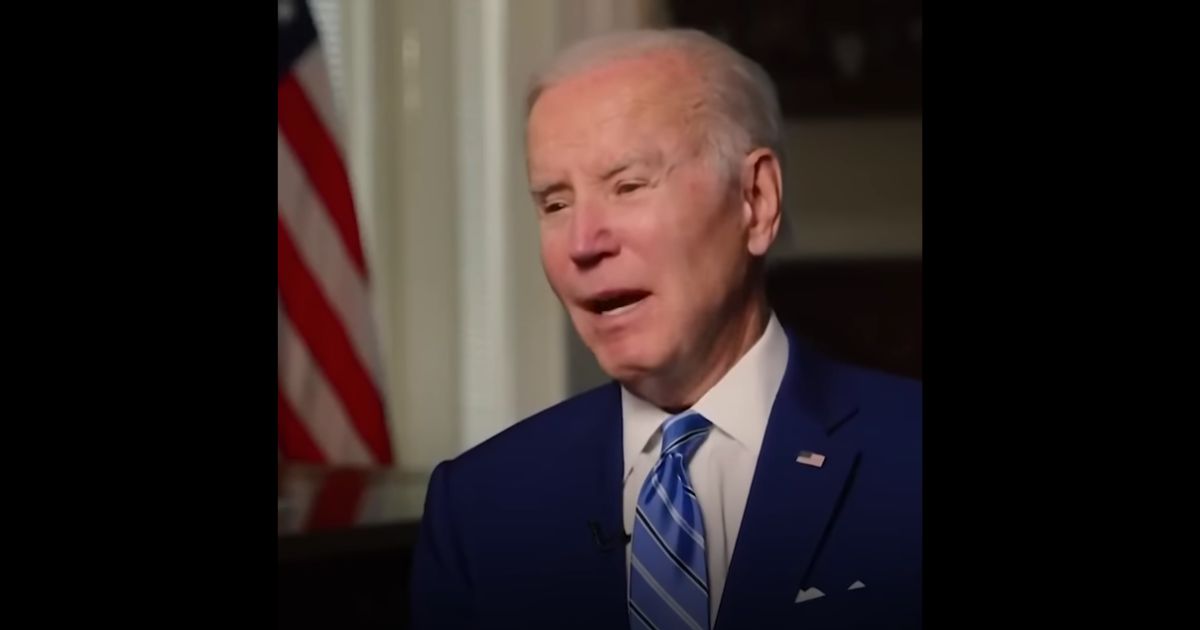Donald Trump Targets 'Wokeness' In Education Reform Initiative
Former President Donald Trump prepares to reshape America's educational landscape through a comprehensive strategy targeting what he perceives as excessive progressive influence in schools nationwide.
According to PJ Media, Trump's ambitious plan centers on transforming educational institutions from primary grades through graduate school, with a particular focus on dismantling progressive policies and implementing substantial reforms across the educational spectrum.
Opposition to progressive educational policies has garnered support beyond conservative circles. Some liberals have attributed recent Democratic electoral setbacks to an overemphasis on cultural issues at the expense of working-class concerns.
Marxist critic Fredrik deBoer has notably pointed out this shift in Democratic priorities, suggesting it contributed to their electoral losses.
Educational Reform Takes Center Stage
Trump's approach to educational reform encompasses multiple strategic elements, with the Department of Education emerging as a primary target. While complete elimination of the department remains unlikely due to widespread federal funding dependencies in Republican districts, significant restructuring appears more feasible.
Recent polling data from the Associated Press indicates that two-thirds of Americans believe current government education spending is insufficient, making dramatic cuts politically challenging.
Tiffany Justice, co-founder of conservative parents' group Moms for Liberty and Trump ally, has expressed enthusiasm about the potential for meaningful change. Michael Petrilli, president of the Thomas B. Fordham Institute, offers a more measured perspective on the feasibility of major funding reductions, acknowledging political realities while suggesting more targeted approaches to reform.
Presidential authority could be leveraged to address various educational concerns, including campus antisemitism, programs focused on specific racial groups, and transgender student accommodations. These initiatives would mark a significant departure from current policies while potentially reshaping educational institutions nationwide.
Strategic Implementation Through Legislative Channels
Trump's team has identified Title IX as a crucial mechanism for implementing changes, particularly regarding transgender athletics participation.
This approach would reverse current Biden administration interpretations that protect against gender identity discrimination, establishing a markedly different framework for educational institutions.
Legislative support appears crucial for sustaining long-term changes, as demonstrated by the rapid reversal of DeVos-era Title IX reforms under the Biden administration. Congressional action could provide more permanent solutions to controversial educational policies, preventing future administrative reversals.
Critical race theory has emerged as another focal point, with Trump proposing to challenge its teaching through civil rights law. This approach aims to maintain historical accuracy while addressing concerns about educational content and methodology in American classrooms.
School Choice Initiatives Gain Momentum
The Educational Choice for Children Act represents a significant component of Trump's educational strategy. This groundbreaking legislation, which recently achieved a historic committee advancement, proposes substantial financial support for alternative education options.
Tiffany Justice, speaking about the implementation team, shared:
There are a lot of very smart people who are very excited to get into positions where we can actually start making change happen.
The proposed legislation would establish a $10 billion federal tax credit system supporting private school tuition, homeschooling, and various educational expenses. While supporters emphasize increased educational access and parental choice, critics warn about potential impacts on public school resources.
Mapping America's Educational Future
Former President Trump's comprehensive strategy for educational reform represents a significant shift in federal education policy, targeting what he identifies as progressive influences in American schools. The plan encompasses changes from primary through graduate education levels, utilizing both executive authority and legislative channels.
Implementation would involve multiple approaches, including Department of Education restructuring, Title IX reinterpretation, and school choice expansion through the Educational Choice for Children Act.
Success depends on navigating political challenges while maintaining support from both conservative allies and broader constituencies interested in educational reform.






